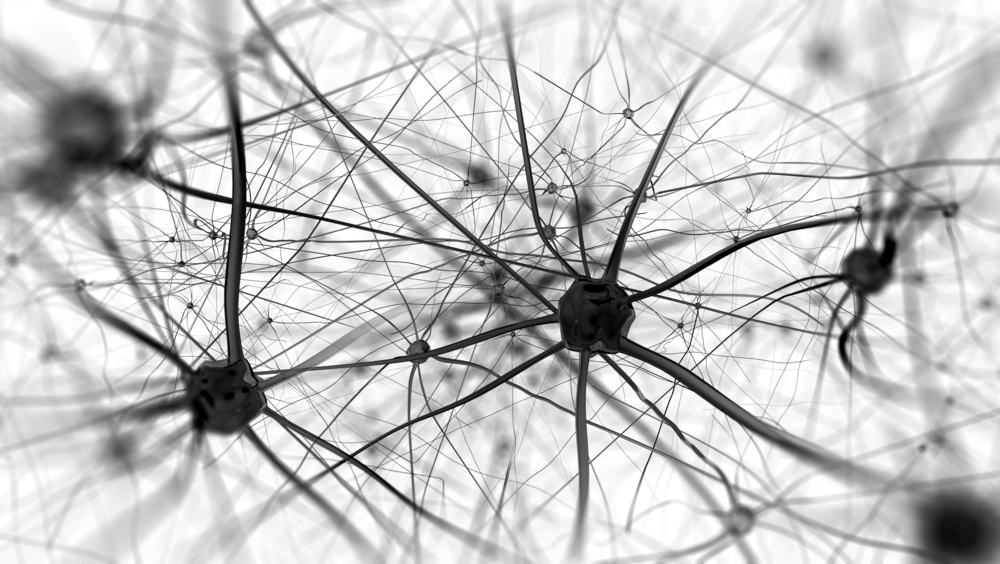Ataxia Foundation Awards $50K to Study Role of Potassium Channels in Disease

The National Ataxia Foundation (NAF) announced that 20 promising ataxia studies were awarded funding for 2016, and include four Young Investigator SCA Research Awards that provide $50,000, one-year grants to young investigators who are pursuing a career in spinocerebellar ataxia (SCA) research.
Among the Young Investigator project winners, Giorgio Grasseli, a post-doctoral student in Christian Hansel’s lab at the University of Chicago, has been focusing on a study titled, “Role of SK channels in cerebellar Purkinje cells in the Pathophysiology of spinocerebellar ataxia.”
Dr. Grasseli is trying to understand the involvement of a subgroup of potassium channels, called small-conductance calcium-activated potassium (SK) channels, in the manifestation of ataxia symptoms, and the mechanisms by which these channels function.
The cerebellum plays a major role in motor coordination, and Purkinje cells are the major type of neurons in this part of the brain. Lesions in Purkinje cells in the cerebellar cortex are associated with a variety of motor coordination diseases, and particularly with various types of ataxia. When activated, Purkinje cells can cause significant calcium influx. These cells often fire in a steady rhythm that helps to encode information from the cortical cerebellum to the motor coordination areas. However, unhealthy Purkinje cells can fire in bursts, leading to high levels of calcium in the cells and inducing ataxic disorders.
SK channels have emerged as promising therapeutic targets to lower the neurons’ excitability, decreasing the variability of their spikes and regulating their spike patterns. These channels open in the presence of calcium to let potassium out of the cell, and help to balance the excess calcium that is entering the cell during burst firing patterns. Drugs enhancing SK channels in mouse models and in pilot clinical trials have shown promise as an ataxia treatment, but the exact role of these channels in preventing ataxia symptoms is not fully understood.
Researchers will be investigating the role of SK channels in Purkinje cells in the generation of motor impairments and in the generation of electrical output from these neurons. They will use mice genetically engineered to lack SK channels in Purkinje cells to understand whether SK channels play a major role in the development of ataxic symptoms, and they will analyze the major electrical outputs of Purkinje cells — spiking pauses and spiking variability — in these mice.
They also aim to identify common features between mice lacking SK channels and mice models for other types of ataxia, to better understand the mechanisms through which SK channels work in spinocerebellar ataxia, and to potentially develop new therapeutic approaches for patients with this disorder.






